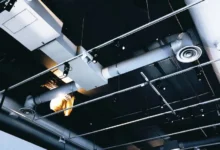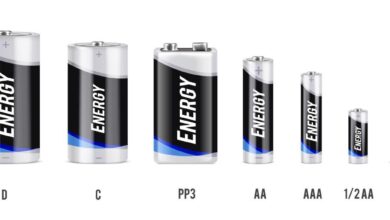How Does a Diving Air Compressor Work?

Diving air compressors are crucial for providing divers with a reliable supply of breathable air while they explore underwater. Understanding how these compressors function can help ensure your diving experience is both safe and enjoyable. In this blog, we’ll dive into the mechanics of diving air compressors, explore different types, and discuss maintenance tips.
What is a Diving Air Compressor?
A diving air compressor is designed to compress ambient air and store it in scuba tanks or cylinders. This compressed air is essential for divers to breathe while submerged, making the compressor an indispensable part of diving equipment.
Key Components of a Diving Air Compressor
Air Intake
The process begins with the compressor drawing in ambient air through an intake filter. This filter removes larger particles and contaminants, ensuring that only clean air enters the compression system.
Compression Stages
Air is compressed in multiple stages, increasing its pressure with each stage. This process makes the air dense enough for storage in diving tanks.
Filters and Separators
Filters and separators remove moisture, oil, and other impurities from the compressed air. This step is vital for maintaining the quality of the air supplied to divers.
Cooling System
As air is compressed, it heats up. The cooling system manages this heat, ensuring that the compressor operates efficiently and does not overheat.
Pressure Relief Valve
A pressure relief valve is a critical safety feature that prevents overpressure by releasing excess air. This helps maintain safe operating conditions.
How the Compression Process Works
Air Intake
Ambient air is first filtered to remove larger contaminants before being drawn into the compressor.
Compression Stages
The air undergoes several stages of compression, where each stage further increases the pressure, making it suitable for storage in tanks.
Cooling and Filtration
The compressed air is then cooled and filtered to remove any remaining impurities, ensuring the air is clean and safe to breathe.
Storage
The purified and compressed air is stored in tanks, ready for use by divers.
Types of Diving Air Compressors
Piston Compressors
Piston compressors are a popular choice for smaller-scale applications. They use pistons to compress the air and are known for their reliability and efficiency.
Rotary Screw Compressors
Rotary screw compressors are used for larger-scale operations. They utilize rotating screws to provide continuous and efficient air compression, making them ideal for high-demand situations.
High-Pressure vs. Low-Pressure Compressors
High-pressure compressors are designed for applications requiring higher air pressures, whereas low-pressure compressors are suited for less demanding tasks. Choosing the right diving air compressors depends on your specific needs.
Maintenance and Care
Regular Servicing
Routine servicing is crucial for the longevity and performance of your compressor. This includes regular checks, oil changes, and filter replacements.
Oil and Lubrication
Use the recommended compressor oil and ensure it is changed regularly to keep the compressor running smoothly.
Filter Replacement
Filters should be replaced periodically to ensure the air remains clean and breathable.
Safety Considerations
Pressure Relief Systems
Ensure that the pressure relief systems are functioning properly to avoid overpressure and potential hazards.
Air Quality Checks
Regularly check the quality of the air being supplied to ensure it meets safety standards.
Conclusion
Understanding the operation of a diving air compressor helps ensure a safe and effective diving experience. Proper maintenance and handling are key to keeping your equipment in top condition.





